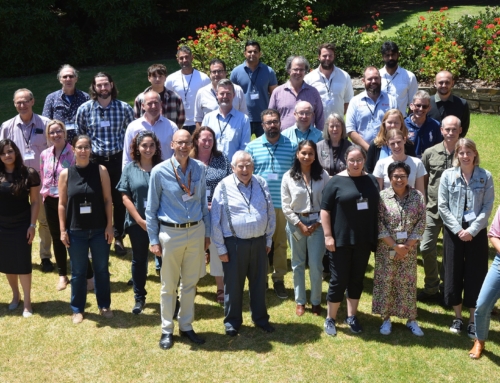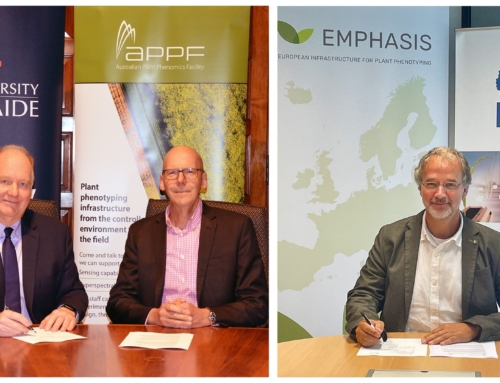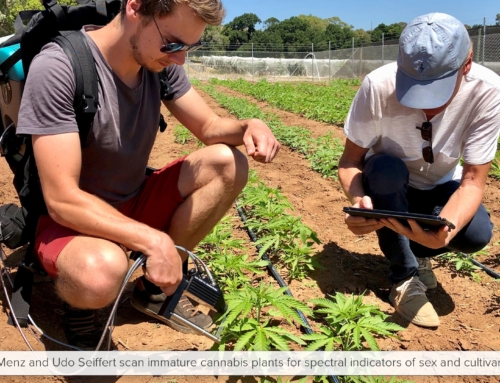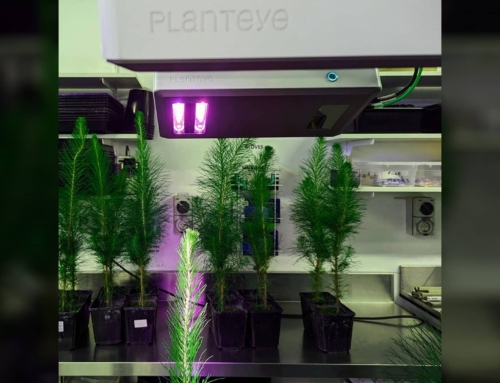A team of scientists from the University of Adelaide, Australian Plant Phenomics Facility and Martin Luther University Halle-Wittenberg have identified beneficial alleles from wild barley that can be used for improving drought tolerance in barley, in a new paper published in BMC Plant Biology.
“The team identified a QTL on chromosome 4H where, under drought and control conditions, wild barley alleles increased biomass by 10 and 17%, respectively compared to the elite cultivar Barke allele”, said Dr Anh-Tung Pham.
However, it was demonstrated that any trait selected for drought tolerance has benefits as well as risks. Considering stress severity and the phase when drought stress typically occurs during plant development in a target environment is, thus, critical to breeding for improved drought tolerance.
Barley is the second most important cereal crop in Australia, used in foods for animals and humans, and further processed as malt for the food and beverage industry, however, production is compromised by many abiotic stresses including drought.
Understanding the genetic basis of drought tolerance in crop plants is useful for developing superior genotypes through conventional breeding. However, the domestication process has caused a genetic bottleneck in the elite germplasm of many crops including barley, which will limit future genetic gains in crop productivity, particularly in regard to newly emerging biotic or abiotic stresses. With this in mind, researchers have turned to wild barley from the Fertile Crescent region. This barley is accustomed to challenging dry conditions and is a valuable source of alleles that can improve adaptation of cultivated barley to drought stress.
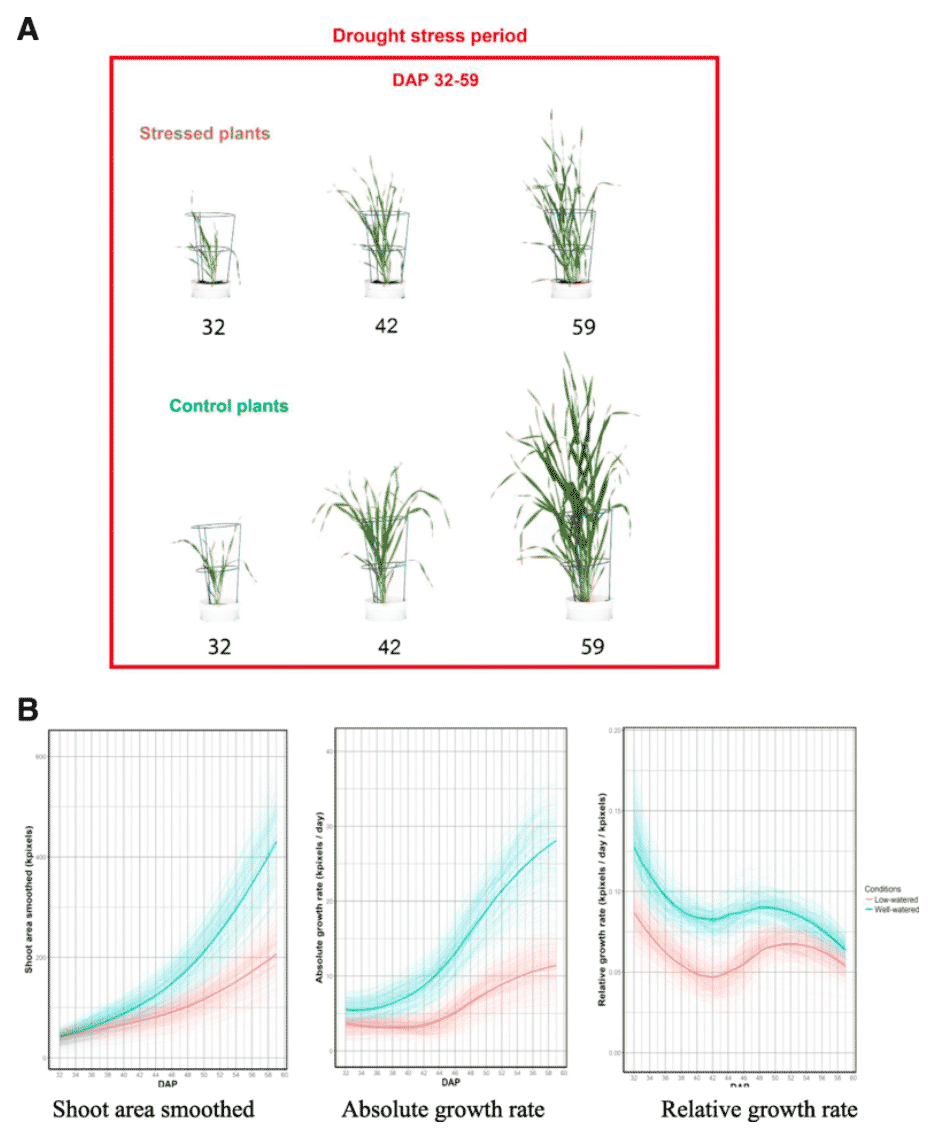
It is common for genetic studies on drought tolerance in plants to find multiple QTL with small effects associated with the measured phenotypes, a consequence of drought being a multigenic trait with low-heritability and large genotype by environment (GxE) interactions.
“To improve the power of detecting QTL associated with complex traits exhibiting small-effect QTL, our research team used a novel mapping strategy entitled ‘nested association mapping’ (NAM). NAM has the advantage of combining the high detection power of the linkage mapping method with the high resolution and greater allelic diversity of the association mapping strategy”, explained Dr Pham.
“The first barley NAM population, entitled HEB-25, was created from crossing 25 genetically diverse wild barley accessions originating from the Fertile Crescent region to the malting cultivar ‘Barke’. GWAS using the HEB-25 NAM population has recently been demonstrated as an effective tool for gene identification in barley for traits such as flowering, salinity tolerance and plant development. The HEB-25 population presents a reservoir of genetic diversity that can be exploited for variety development”, she continued.
In the past, most studies have concentrated on water deficit during the late stages of barley development, in which post-harvest parameters were measured (i.e. yield and kernel weight). However, there have been accumulated reports in various cereal crops, including barley, that early growth stage parameters (e.g. tiller number, biomass formation, etc.) are highly correlated with yield potential and grain quality at harvest under both normal and drought conditions in the field.
With this is mind the study aimed to (i) evaluate the growth response of the HEB-25 population grown under drought stressed conditions during early development; and (ii) to identify QTL from wild barley that can improve plant growth under drought stressed conditions and (iii) identify candidate genes underlying those QTL.
Plant growth throughout the three-year research project was measured non-destructively using high-throughput imaging in Smarthouses at the Australian Plant Phenomics Facility’s Adelaide node, The Plant Accelerator®.
Read the full paper: Genome-wide association of barley plant growth under drought stress using a nested association mapping population.
The Australian Plant Phenomics Facility is supported by the Australian Government’s National Collaborative Research Infrastructure Strategy (NCRIS).


